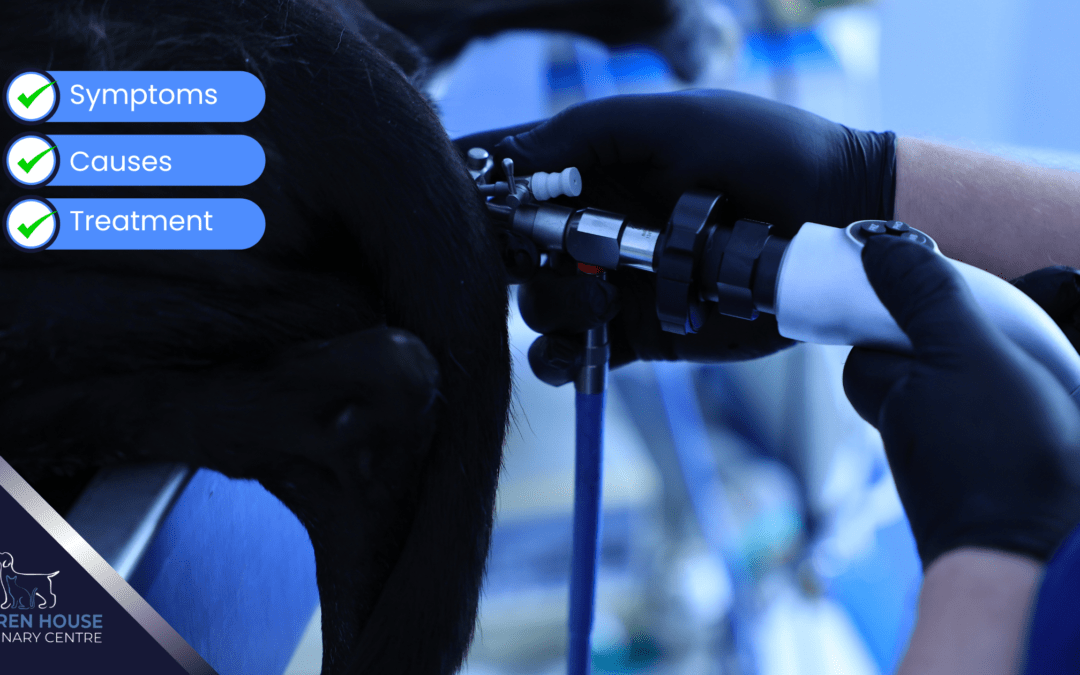We are committed to providing top-quality care for your pets by utilising the latest diagnostic and treatment technologies. One of our advanced services is veterinary cystoscopy—a minimally invasive procedure designed to diagnose and treat conditions affecting your pet’s lower urinary tract.
What is cystoscopy?
Cystoscopy is a diagnostic procedure that allows us to examine the inside of your pet’s bladder and urethra using a specialised instrument called a cystoscope. This flexible, tube-like device is equipped with a camera and light, providing a clear, real-time view of the urinary tract. The procedure is minimally invasive, making it a safe and effective way to diagnose and manage a variety of urinary conditions.
Why is cystoscopy performed?
Cystoscopy is recommended for pets showing signs of urinary tract issues that require further investigation or treatment, including:
- Frequent Urination: Increased frequency of urination or difficulty urinating.
- Blood in Urine: The presence of blood in the urine, which may indicate infections, stones, or tumours.
- Straining to Urinate: Difficulty or pain during urination.
- Incontinence: involuntary leakage of urine.
- Recurring Urinary Tract Infections (UTIs): persistent or recurrent UTIs that don’t fully resolve with standard treatment.
- Abnormal Urine Tests: Results from urinalysis that suggest the need for further examination.
Common conditions diagnosed with cystoscopy:
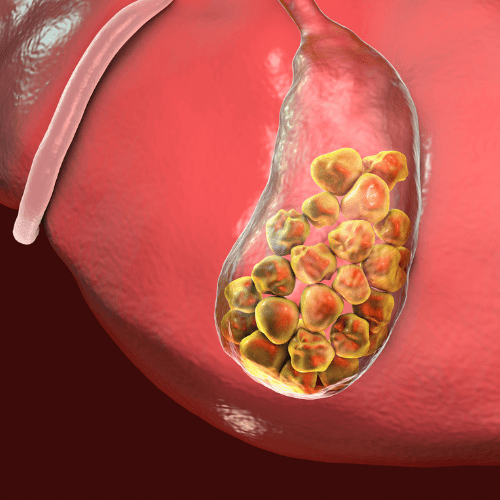
Bladder Stones
Detection and removal of stones that may cause pain, infection, or blockages.
Tumours or Polyps
Identification and biopsy of abnormal growths within the bladder or urethra.

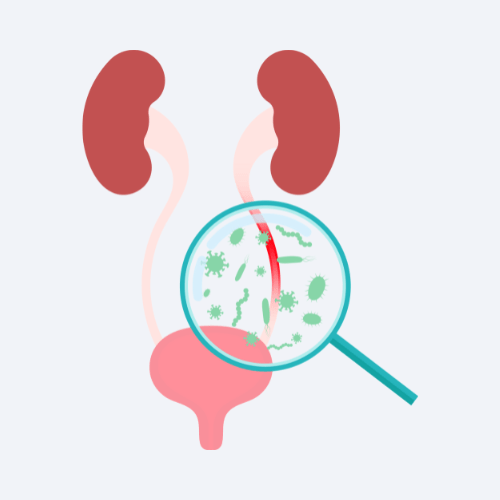
Urinary Tract Infections
Assessing the extent of infections and identifying underlying causes.
Urethral Strictures
Narrowing of the urethra that can obstruct urine flow and cause discomfort.
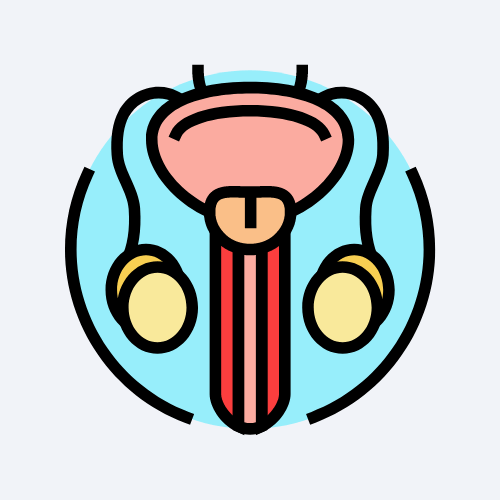
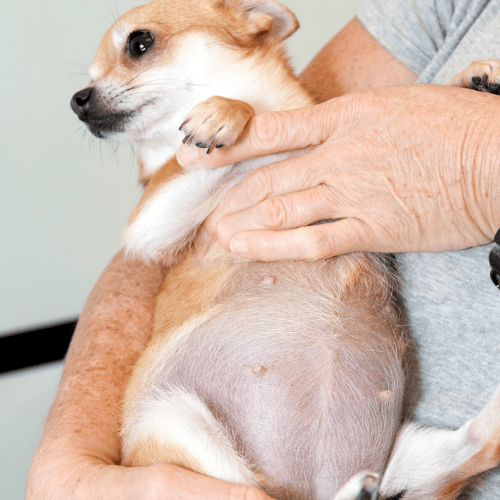
Congenital Abnormalities:
Identifying structural abnormalities that may be present from birth and affect urinary function.
Inflammation
Diagnosing and managing chronic inflammation of the bladder (cystitis) or urethra.
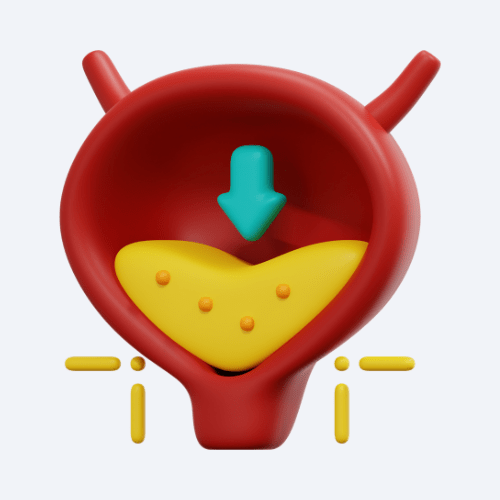
Benefits of Cystoscopy
- Minimally Invasive: Allows for detailed examination and treatment of the urinary tract without the need for more invasive surgery.
- Accurate Diagnosis: Provides a clear view of the bladder and urethra, enabling precise diagnosis and targeted treatment.
- Early Detection: Early diagnosis of urinary conditions can lead to more effective treatment and better outcomes.
- Quick Recovery: The minimally invasive nature of the procedure often results in a faster recovery and less discomfort for your pet.
Why choose Warren House Vets?
We are dedicated to providing your pets with the best possible care through the use of advanced diagnostic and treatment techniques. Our experienced veterinary team is highly skilled in performing cystoscopy, ensuring that your pet receives an accurate diagnosis and effective treatment in a compassionate and caring environment.
Schedule a Consultation Today!
If your pet is experiencing urinary issues, timely diagnosis and treatment are essential for their health and comfort. Contact us today to schedule a consultation or to learn more about our cystoscopy services
Thank you for reading, until next time…

